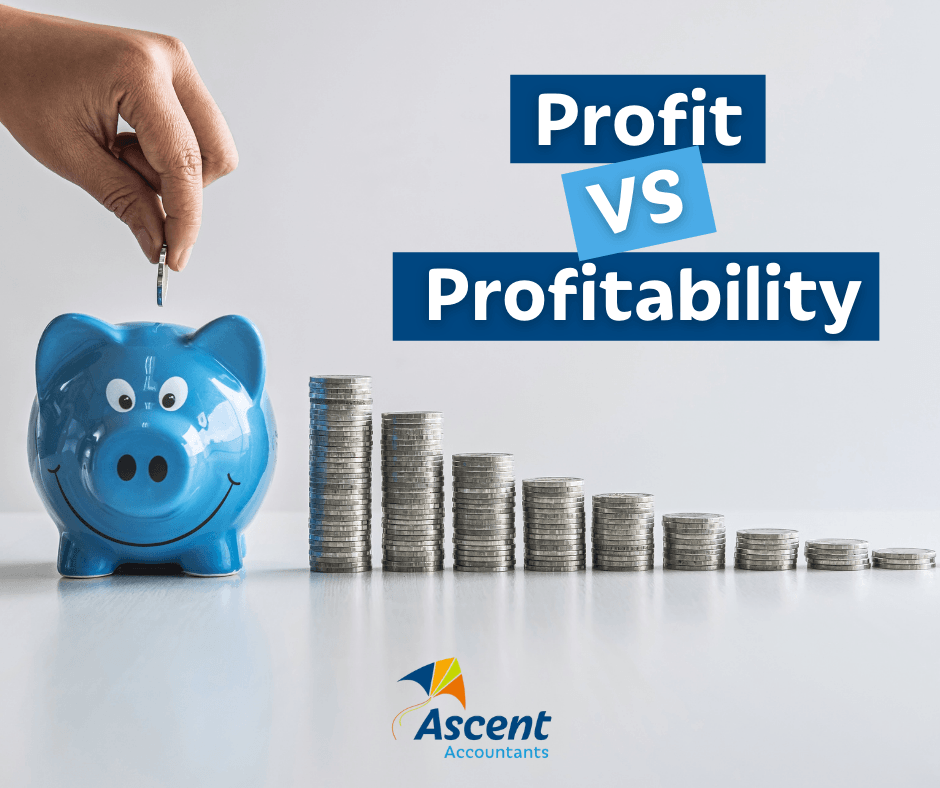Profits VS Profitability

If you just focus on profits alone, it can be pretty deceiving
Calculating profits is a pretty easy process. You simply add up total revenue and subtract total costs. Whatever you are left with is your profit.
However, you need to be careful when using profit had a measure of business success. For example, if business 1 spends $900,000 to sell $1 million in products, they generate $100,00 in profits. Business 2 spends $400,000 to generate $500,00, and therefore also generates $100,000 in profits. Technically the two businesses generate the same amount if profit, but are not equally profitable.
The more a business spends to generate a designated profit, the more vulnerable is then is to minor cost shifts and changes. This can mean a business can quite quickly be put at risk. For example, if business 1 has to pay $200,000 in business insurance costs each year and then these costs increase by 10%. That increases their overall insurance costs by $20,000, therefore reducing their profits to $80,000. Busines 2 spends $100,000 in business insurance costs. The 10% increase cuts into their bottom line by just $10,000 and profits drop to $90,000. Business 2 is now making $10,000 more than business 1.
Profit margins can be a bit more realistic
It’s important for businesses to not only track profit, but also profit margins. Profits are measured in dollars, while profit margins are measured as a percentage or ratio. Specifically, the ratio between net income (profit) and sales.
Using the same business examples as before, business 1 has $100,000 in net revenue and generates $1 million in total sales, so their profit margin is 100,000/1,000,000,000 (which is 10%). Business 2 also generates $100,000 in net revenue, but their total sales are $500,000, making the profit margin 100,000/500,0000 (which is 20%). The two businesses have the same amount of profit, but business 2 is twice as profitable as business 1.
But how do you increase profit margin?
Because the profit margin more accurately showcases the longer-term profitability of a business, as well as its vulnerability to sudden increases in fixed costs (such as insurance, office expenses and taxes), it’s important to track profit margins and implement strategies that will help keep it as high as possible.
There are pretty much two ways to increase a businesses profit margin.
1. Firstly, you can increase the prices you charge for your products and/or services, But this must be done only after careful analysis if the potential impact that those increased prices may have on consumer behaviours and total sales
2. The second, and usually much safer approach is to control costs
Cutting costs is pretty important
A small decrease in costs can really improve your profit margin more than a comparable increase in total sales.
Again, using the same examples before. Business 1 in the above scenario spends $900,000 to generate $1 million in sales, giving them a profit of $100,000 and a profit margin of 10%. If the business increases sales by $50,000 by doing something like increasing their pricing or customer base, but then does not decrease their costs, their profits increase to $150,000. Their profit margin then increases to 150,000/950,000 (15%).
Instead, if they kept sales constant but reduced cost by the same amount ($50,000), profits once again move to $150,000, but the profit margin further increases to 150,000/900,000 (16.7%).
Cutting costs has made this business more profitable, and less vulnerable, than just increasing sales. It’s also generally an easier and less risky way of doing things.
So in conclusion….
No single strategy is definitely going to increase your businesses profitability or prospects of long-term success. The most successful businesses take their time and carefully analyse consumer behaviours and competitors to determine the best price to charge for products/services. On top of this, they also research a range of fixed cost-cutting strategies. Combining the two main strategies is your best bet at increasing your businesses profitability and longevity.
Need help with your accounting?








